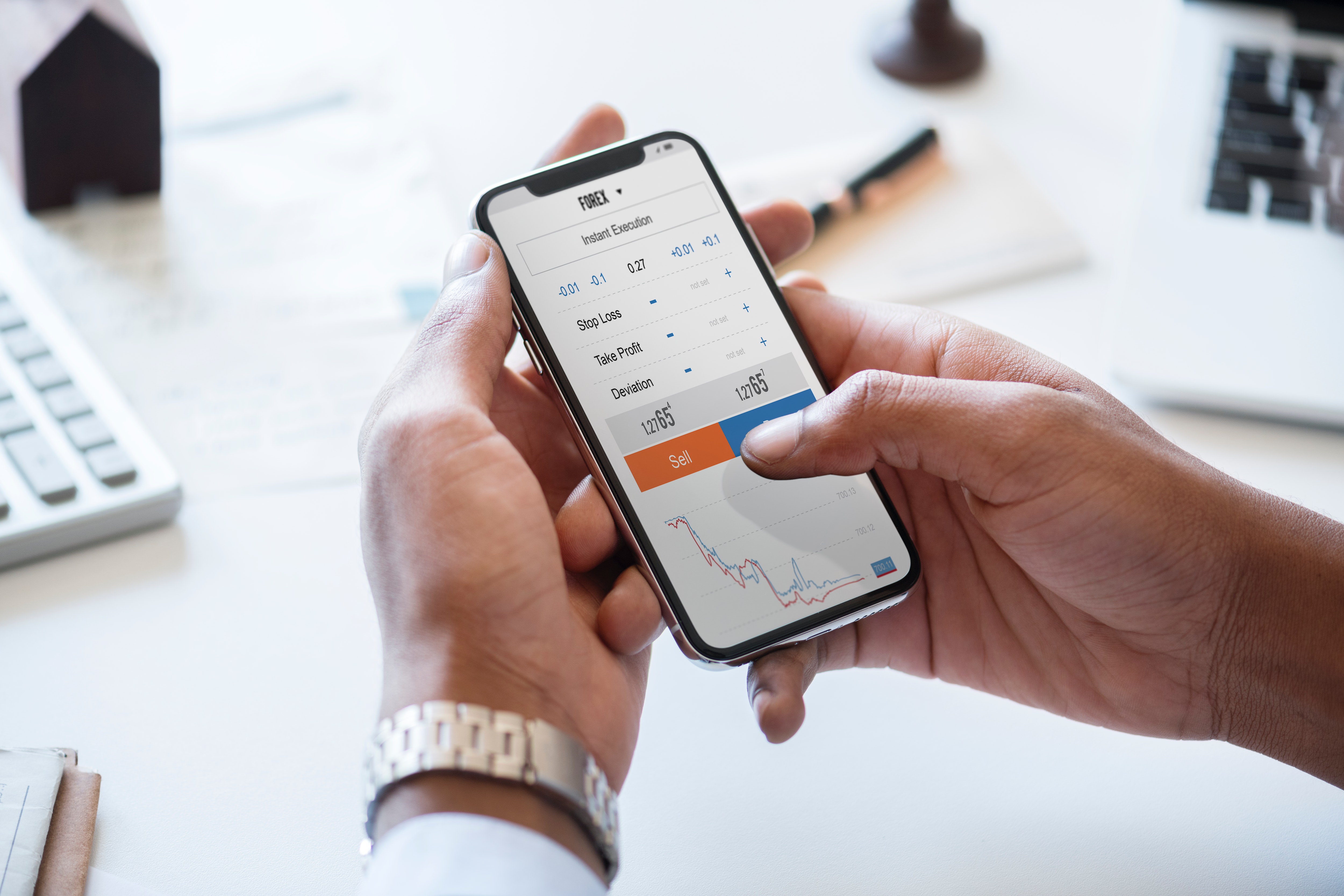· Opsfolio Community · health apps · 3 min read
Steps to creating a healthcare app
Healthcare can be one of the most rewarding and profitable industries to operate in. However, it’s not easy to come up with an idea that will disrupt the industry. Fortunately, this guide will show you how to create a healthcare app.

Healthcare can be one of the most rewarding and profitable industries to operate in. However, it’s not easy to come up with an idea that will disrupt the industry. Fortunately, this guide will show you how to create a healthcare app.
Decide what type of app you’re going to build
Healthcare apps are different from other types of software. There are two factors you need to consider when designing your app. First, what is the problem that you’re trying to solve? Second, how can you make it easier for doctors and patients to solve their pain points? The good news is that there are plenty of issues plaguing the healthcare industry that can be solved with an app.
Ask what functions will best serve users
Good healthcare apps provide users with a range of options to ensure that they get the best possible outcome. You need to ask yourself what functions will best serve users. For example, do you want the app to be a memory aid so doctors can recall certain information? Or, do you want it to be an educational tool?
Choose your type of platform
Before building the software, you have to decide on the platform it’s going to run on. The easiest option is to use a generic app template that you can adapt to your idea. Alternatively, if you want a more unique app, you could create bespoke software for your app.
Do your privacy and compliance research
Before you can launch a healthcare app, it needs to be compliant with regulations. That means going through a lot of legal hoops and verifying that the information will be kept secure at all times. It usually means working in partnership with third parties who have specialist knowledge and expertise in data protection and security compliance.
Decide which platforms and devices to support
Mobile devices are the most popular way to access healthcare apps, so it’s vital that you design an app for phones. However, many people also use desktops and laptops, so you should build your software to run on as many devices as possible.
Decide whether your app should be free or paid
You can publish a mobile app for free, but it’s difficult to generate revenue from this model. Paid apps are less risky because you know that people will pay for the software in advance. Of course, you must offer enough features and benefits so that customers feel they are getting their money’s worth.
Make your UI/ UX design accessible
Designing a user interface that’s accessible means you have to take into account the different communication requirements of users, such as the hearing impaired, and the needs of your target audience. For example, you should make it possible for people who are colorblind to use your app. Additionally, if you want elderly people or beginners to use your healthcare app, then the design should be as simple as possible.
Find the best way to code your app
It’s up to you whether you want your app to be built with a platform like Microsoft.NET or as a website. There’re advantages and disadvantages to both platforms, but it depends on the specific nature of your software. If you choose a website, then you must find the best hosting provider so that users can access the app easily.





